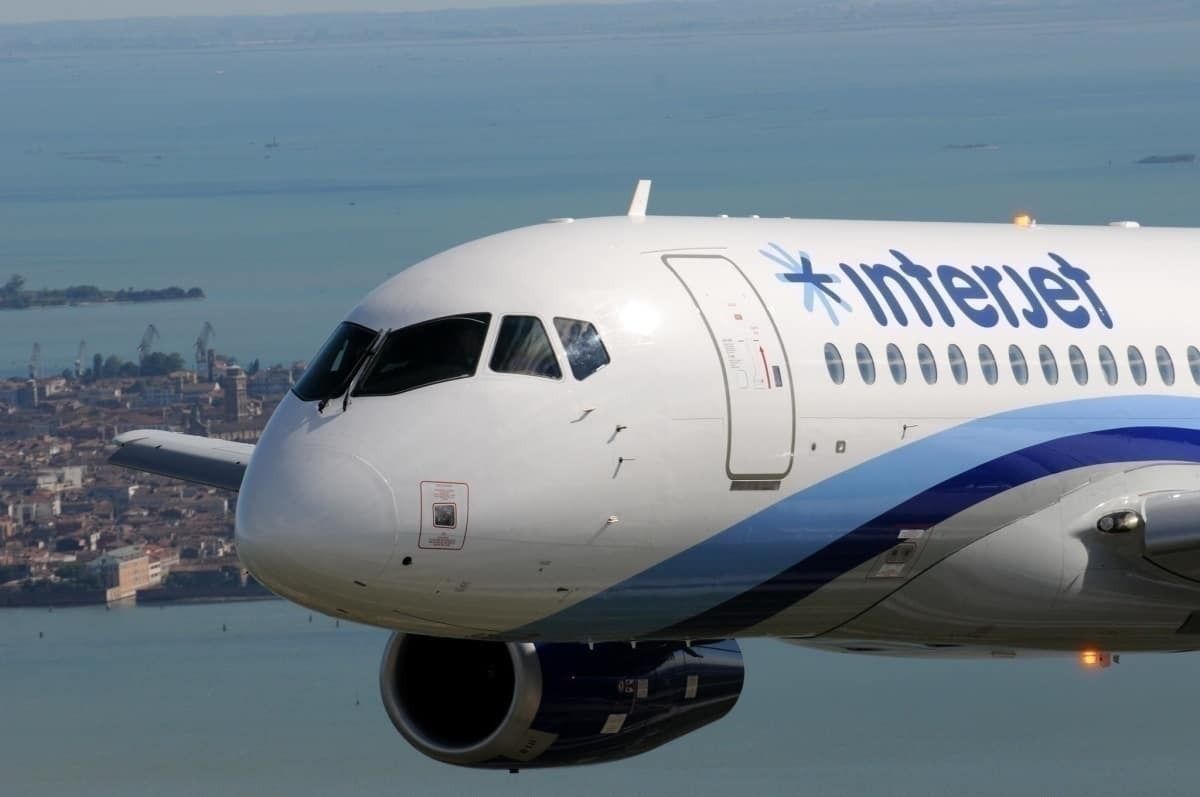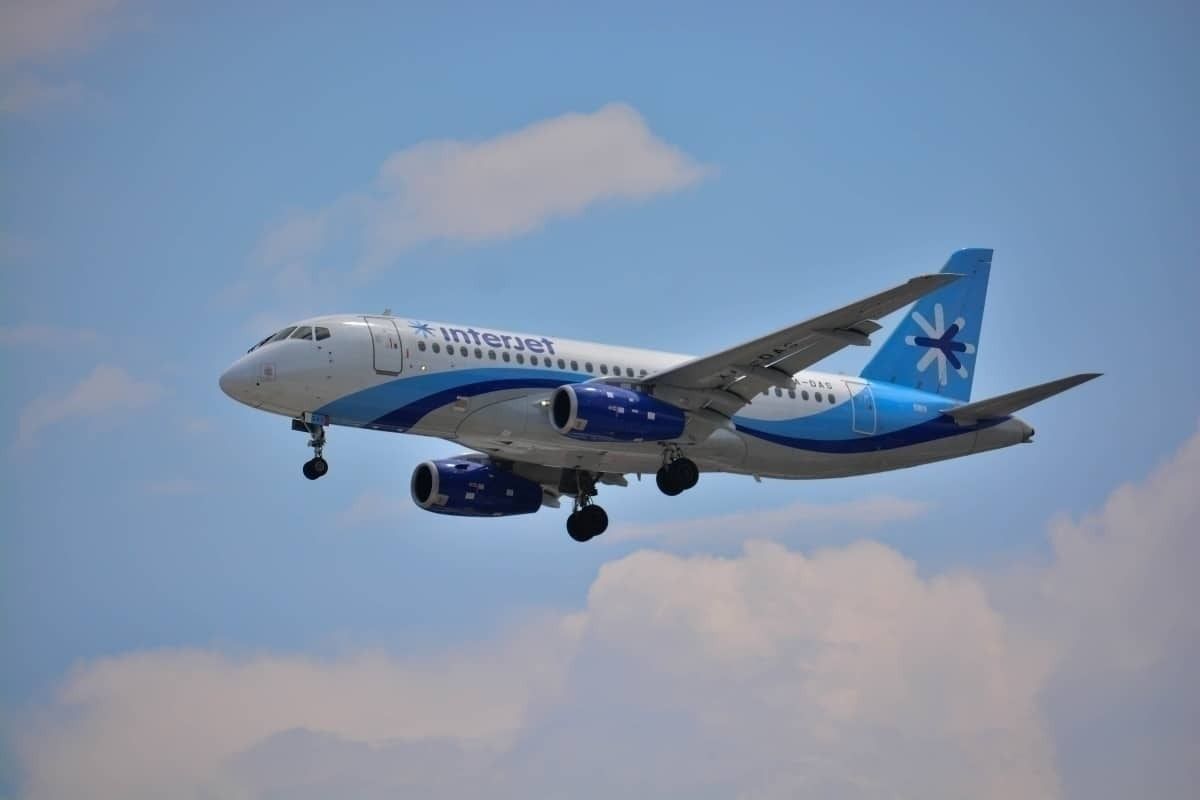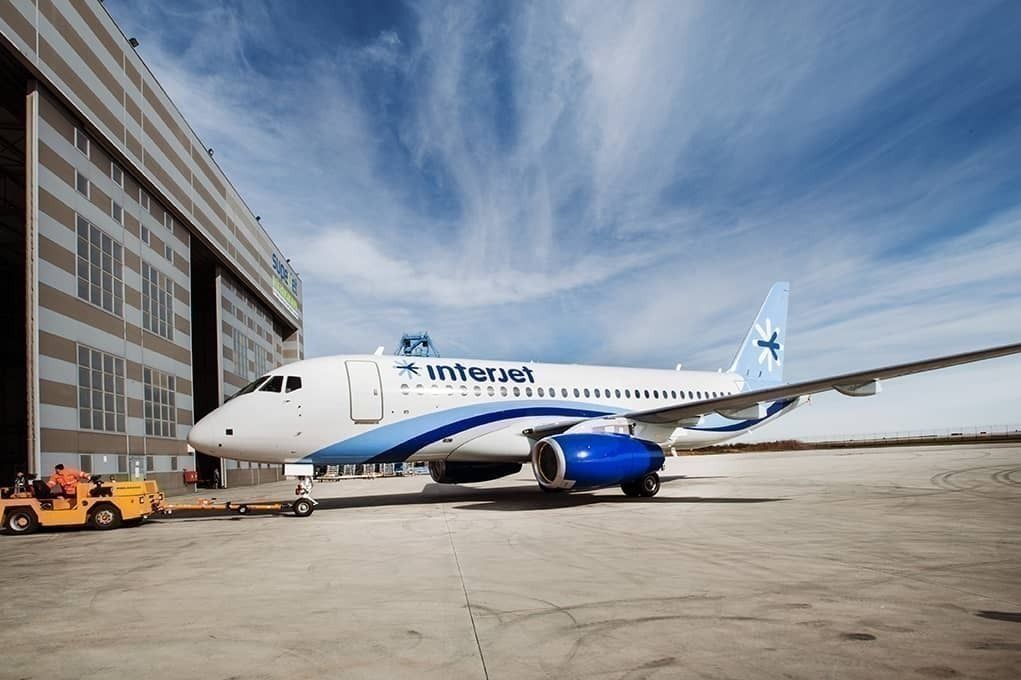Mexican low-cost carrier Interjet has had financial problems over recent months, while keeping itself in the air. The airline lost over 90% of its Airbus fleet and had to relaunch its previously parked Sukhoi Superjet fleet. It is, in every sense, a troubled airline, but it has managed to keep operating while receiving fresh money. What else needs to happen for it to fly away from its crisis? Let’s investigate further.
Interjet’s debt is still there
Last week, Aeropuertos y Servicios Auxiliares (ASA), the Mexican fuel provider, published that Interjet increased its fuel debt by 44% from $841.2 million pesos (US$37.2 million) to $1.216 billion pesos (US$53.880 million) between the first and second quarter of 2020.
ASA graded this debt as “unpayable.” Additionally, several reports on local media outlets, point out the Interjet has debts with other organizations, both private and public. For instance, the Mexican carrier owes over three billion pesos with the local tax authority. That's approximately US$133 million.
Stay informed: Sign up for our daily aviation news digest.
Nevertheless, knowing the actual debt of Interjet has become a guessing game. The company has not published any financial results since 2019’s first quarter. It has kept everything tight to the chest, and what we know comes from other sources.
For example, the Russian company Regional Aircraft admitted that Interjet had an array of debt with several suppliers of the Sukhoi program. But it didn’t state how much money it was. Additionally, the City of Chicago sued Interjet of owing US$2.56 million in taxes and fees.
The International Air Transport Association (IATA) suspended Interjet from its Clearing House due to a lack of payment. Finally, leasing companies have repossessed more than 90% of the Airbus fleet Interjet had last year. In April, a lessor claimed that the carrier was in a default situation delaying payments.
The Sukhoi’s second chance?
The Sukhoi Superjet 100 is a superb plane that has had a tough time coming out of Russia. In America, only Interjet has a fleet of this aircraft. And even this Mexican low-cost carrier was planning to opt-out of its Russian fleet.
At the start of the year, Interjet stopped flying altogether with its Sukhois. The airline planned to invest more in its Airbus fleet, which had many advantages going into the year. But then, coronavirus happened.
The leasing companies started repossessing the Airbus fleet, and all of a sudden, Interjet was out of airplanes. So, it had to bring back its Russian aircraft.
Currently, Interjet is operating between four and five Sukhoi planes out of the 22 it received. While it is inconceivable that Interjet brings back the 22 jets (at least one of them is cannibalized for spare parts), the carrier could increase its fleet to eight, maybe.
The Sukhoi deserves this second chance. The configuration and range of the airplane make it ideal for Interjet. The carrier can use it on almost all its domestic routes, with high load factors while the demand recovers. In the meantime, Interjet can earn some profits and recover some of its lost market share this year.
While there’s an investment, Interjet needs more
Last week, Interjet secured $150 million in new investments. The cash flow was a safe line for the troubled carrier. But, as we saw, the debts are still piling, so Interjet should look for more money.
Interjet recently said that it is privately doing a reorganization. So we should expect that the carrier will try to reduce more costs by furloughing part of its staff and some other initiatives. It should also scale back its international operations.
While the Mexico-US market is essential, Interjet could stop connecting with South American and Central American countries like Colombia. There will be a time for that. For now, Interjet 2.0 should go small before trying to go big.
What other measures Interjet needs? Let us know in the comments.



